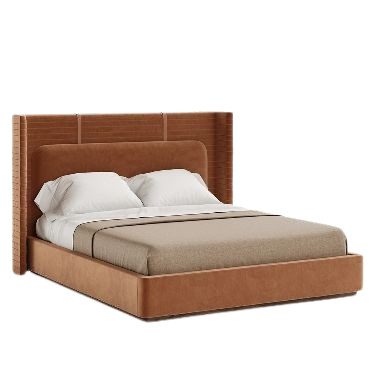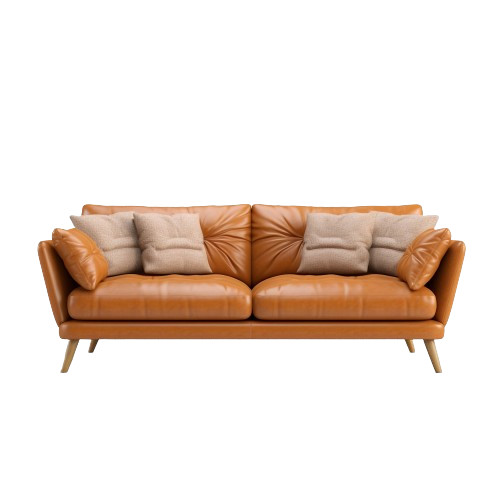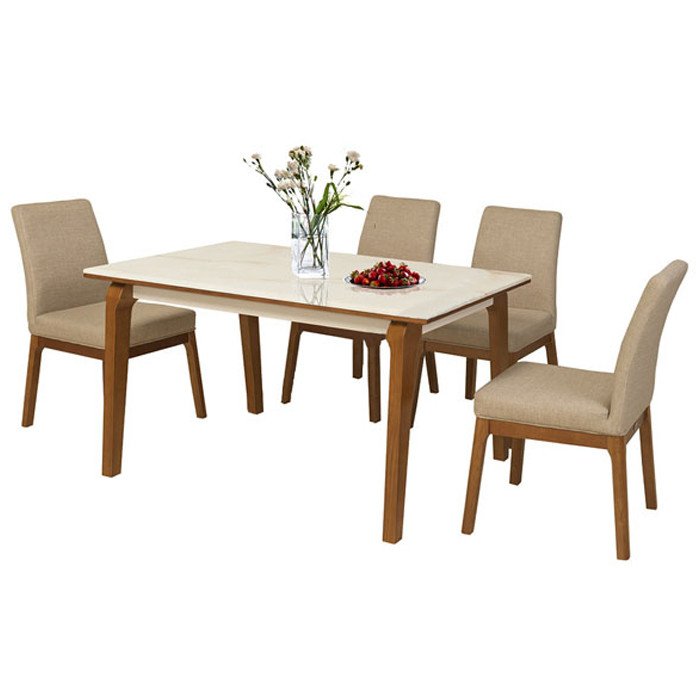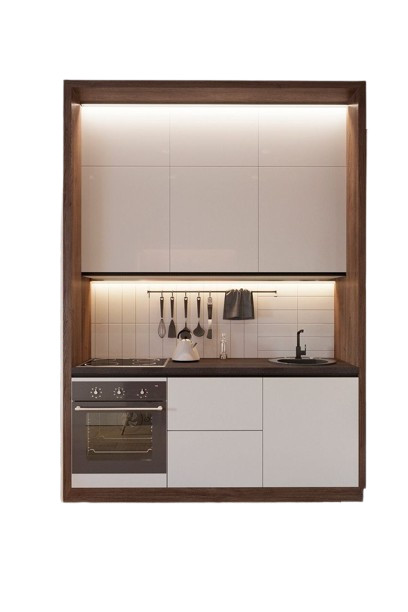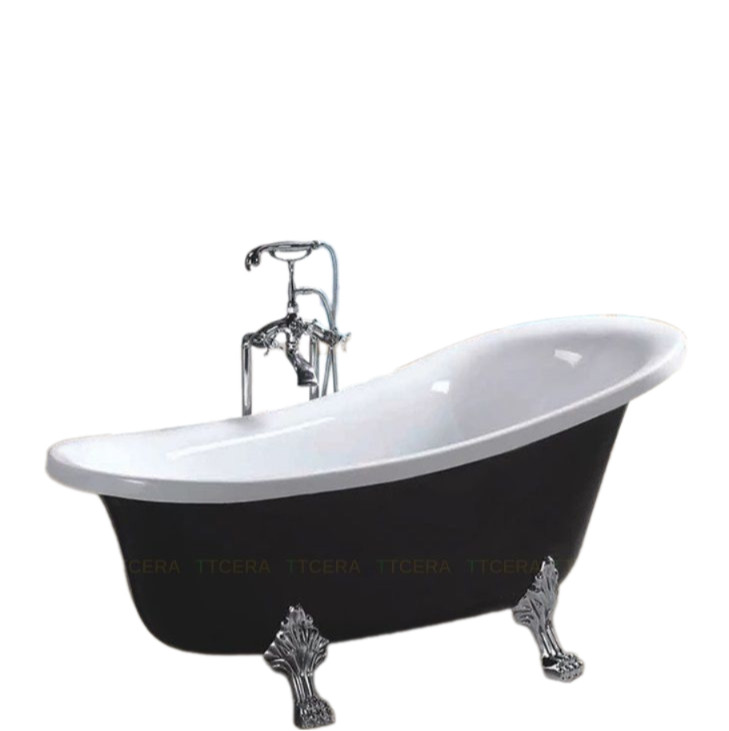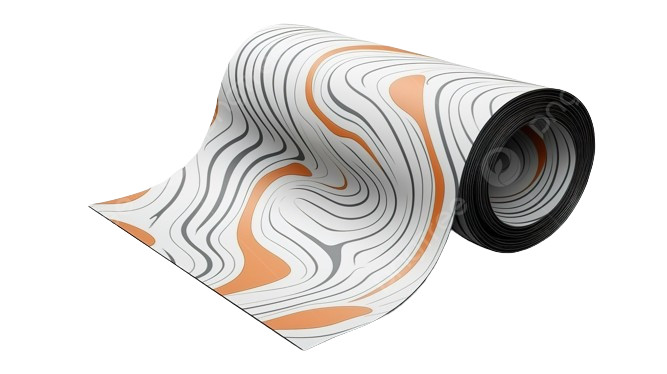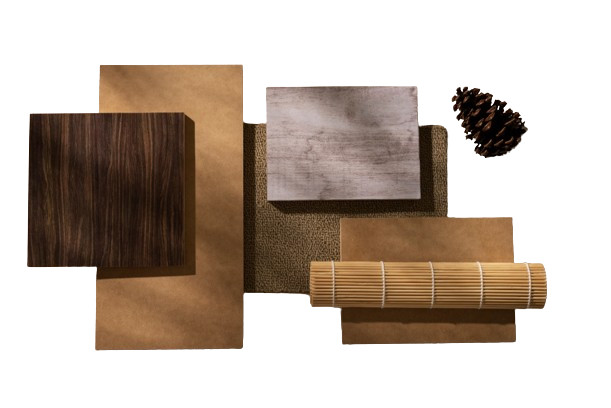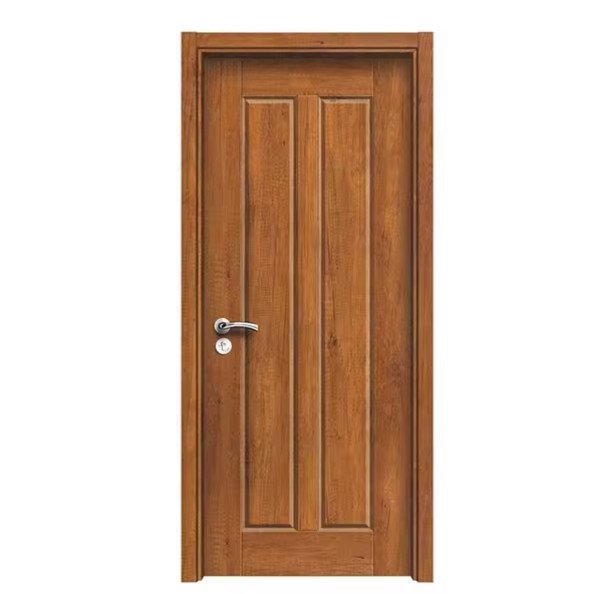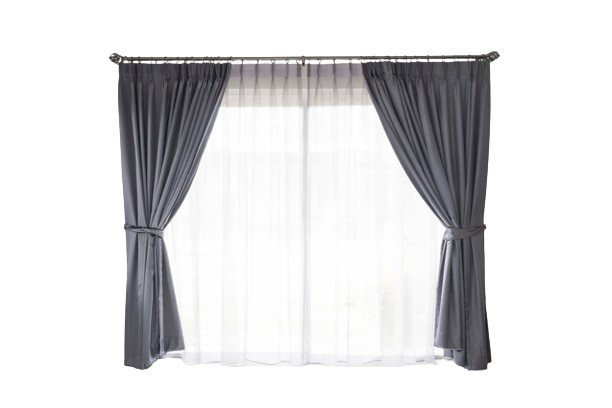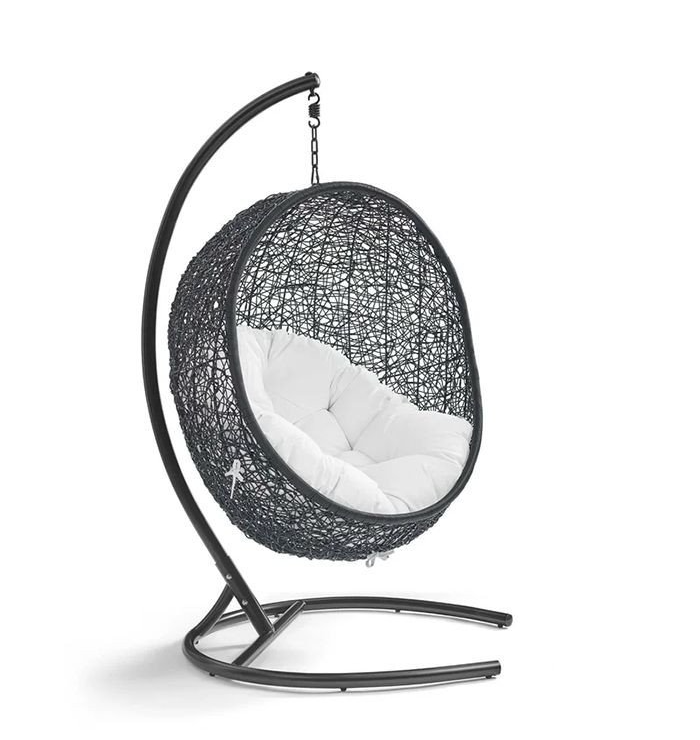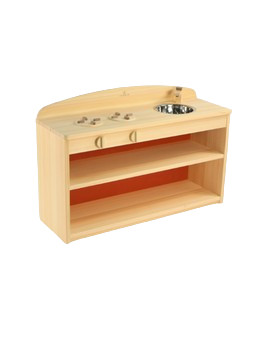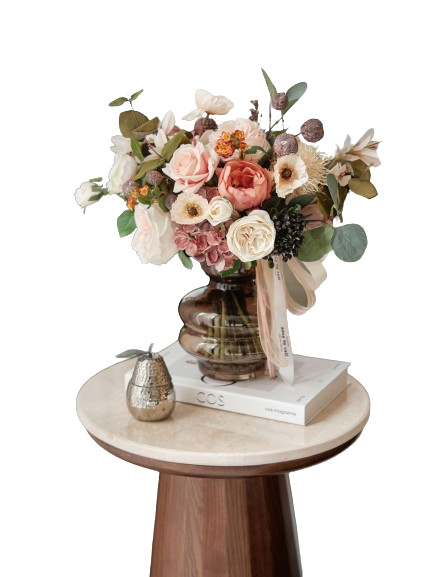WHEN YOUR HOUSE HAS BEEN WITH NATURE
An emerging idea that has gained popularity in recent decades, environmental friendliness (also known as eco-friendliness or earth-friendliness), has quickly spread around the world. Homeowners should be aware of how to minimize the detrimental effects on the environment, their health, and their comfort to have an environmentally friendly interior. Reduced use of non-renewable resources, waste reduction, and the creation of an effective, healthy environment are the fundamental aims of "environmentally friendly" behavior. Environmental friendliness includes reducing construction costs, reducing materials waste, reducing waste, reducing energy use, reducing clean water and wastewater… Adorn Museum gathers materials into a short article below, hopefully, useful for readers.
1. Boost the effectiveness with which interior space is used



The utility of use in a small area is increased by the efficient layout of interior space. This work must begin during the design phase and can still be modified after the house has been occupied. Your contribution to the rational use of waste materials, optimization of energy use, and reduction of the consumption of Earth's resources has come from your efficient use of interior space. Additionally, the new trend means that fewer things require less production, which lessens the impact on the environment.
2. Furniture minimizes environmental pollution and saves energy



Windows and skylights can be used by designers to increase natural light and reduce artificial lighting. Vietnamese homes must consider temperature control and natural ventilation because of the country's tropical environment. The interiors are made to need an air conditioner all day long because of the enormous, fixed glass doors, which is illogical. The degree of environmental pollution has increased dramatically as a result of the greenhouse effect and air conditioner cooling systems. Another important factor in environmental protection is reducing the amount of electricity used for air conditioning and lights.
3. Conscious use of materials


It is advised to utilize building supplies, furniture, and ornamental items from suppliers who employ non-polluting, quickly renewable materials and have transparent production practices. Given the lack of acceptance of environmentally friendly norms and signage, this is a challenging issue for the Vietnamese market. The Vietnamese culture's affinity for solid pieces of raw forest wood is a major issue. This aids in the destruction of old-growth forests that are present naturally. Consumers who are concerned about the environment only use industrial wood planks or wood from legally planted forests.

4. Reduce waste, improve construction
When creating, the majority of Vietnamese designers give little attention to the choice of materials. Small factories are also not concerned with maximizing output and resource use. The price will include waste items. To alter this belief would be to practice greater environmental responsibility.


Building homes in Vietnam still follows the traditional method of using cement, sand, stone, and burnt bricks. Right from processing through transportation, construction, and even disposal, these materials produce significant pollution. In urban Vietnam, masonry walls serve as the primary means of room division in apartments. Renovation and construction projects are always messy, noisy, and congested with workers. Transporting supplies is quite challenging, especially if the area needs to be restored while people are already living there. This practice needs to be changed, and more contemporary materials including plasterboard, faux wood panels, metal frames, and wooden frames should be used instead. In the workshop, the components might be partially put together before continuing. assembled on the job site to cut down on waste, time, and noise...
5. Increase product lifespan and make goods from recycled materials






Extending the shelf life of furniture is a major trend in the modern world. To give them fresh life, they can be renovated, refurbished, or reused. Regarding construction materials, several furniture items have been created using reclaimed wood, metal, paper, or recycled plastic. Bricks, carpets, clothes, even sinks and counters can be created from recycled materials in nations with advanced technology.
6. Utilize non-toxic, environmentally friendly products
There are numerous informational gaps on the chemical components of items in the Vietnamese market. Less enthusiasm for learning is also evident among homeowners, designers, and contractors. Readers should be aware of any international certifications in environmental and health safety.

Forest Stewardship Council certification

The standard is issued by the International Association for Research and Testing in the Field of Textiles and Ecological Leather

One of the international standards for energy-saving electronics and home electrical equipment is “Energy Star”

To lessen indoor air pollution and the risk of chemical exposure, “Greenguard” is a certification for items that adhere to a set of strict standards for chemical emissions
ADORN MUSEUM
Location: O-1, TM.01, 1st Floor, Orchid 1 Tower, Hado Centrosa Garden No.200 3/2 Street, Ward 12, District 10, Ho Chi Minh City, Viet Nam.
Hotline: (+84) 28 3930 3428
E-mail: support@adornmuseum.com
Operation time:
8:30 - 17:30, Monday - Friday & 8:30 - 12:00, Saturday

